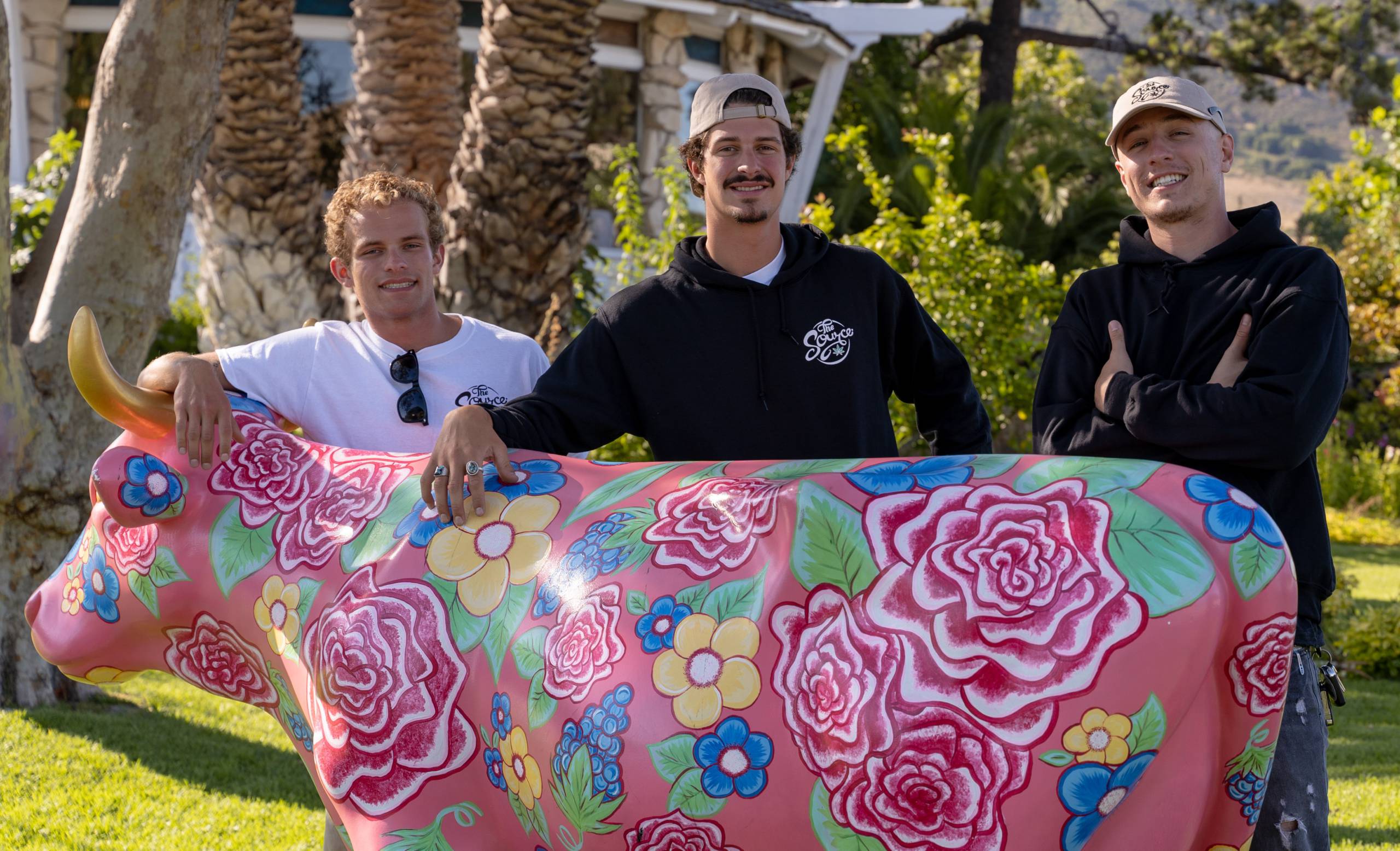Santa Maria, CA History
Santa Maria, California is a city located in Santa Barbara County and has a rich history dating back to the Spanish colonial era. The area was originally inhabited by the Chumash Native American tribe and was later explored by Spanish conquistadors in the late 18th century.
In 1782, the Spanish established a mission in Santa Maria, known as Mission San Luis Obispo de Tolosa, which played a significant role in the religious and cultural development of the region. During the 19th century, Santa Maria became a hub for cattle ranching and agriculture, as vast ranches were established throughout the area to support the growing population.
In the early 20th century, the discovery of oil in the Santa Maria Valley sparked a boom in the region’s economy. The oil industry attracted many workers to the area, leading to the growth of Santa Maria as a small town into a bustling city. The city continued to grow and develop, with the establishment of the Santa Maria Public Airport in the 1930s and the growth of industries such as aviation and agriculture.
In the latter half of the 20th century, Santa Maria experienced significant growth as a suburban community. The city became home to many new residential developments, shopping centers, and recreational facilities, attracting many families to the area. Today, Santa Maria is known for its strong economic base, diverse cultural community, and high quality of life, making it a desirable place to live, work, and visit.
Overall, Santa Maria has a rich and diverse history, shaped by its location at the crossroads of Spanish colonization, cattle ranching, agriculture, and oil development. The city’s history has helped shape the character of Santa Maria, which is now known for its strong economy, diverse cultural community, and high quality of life.
